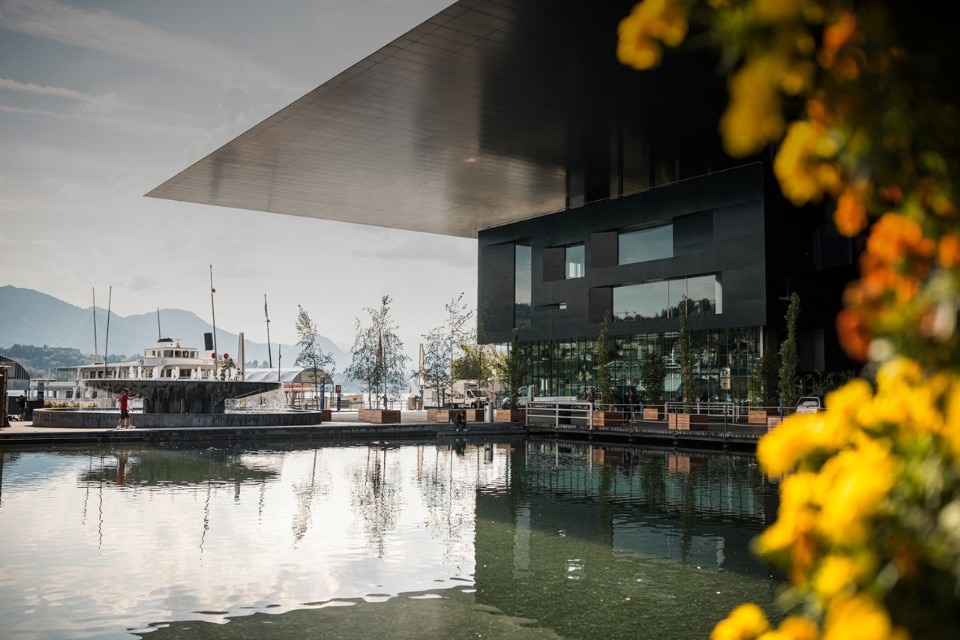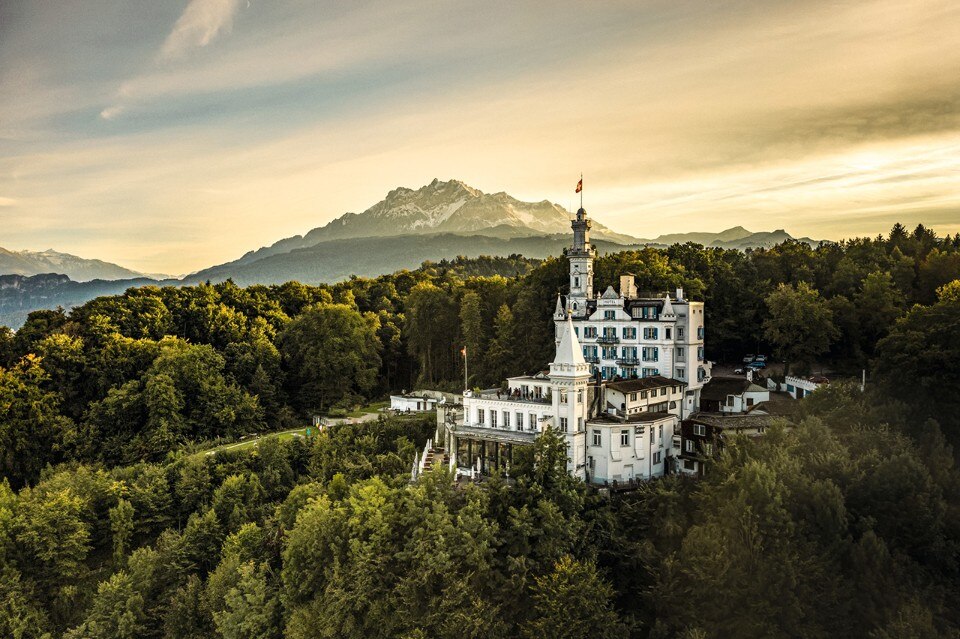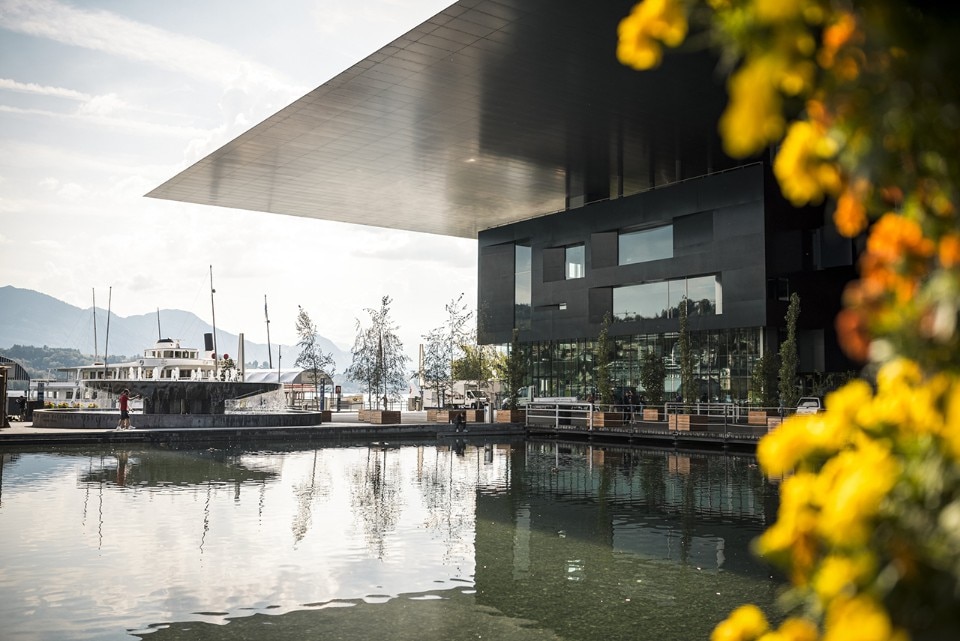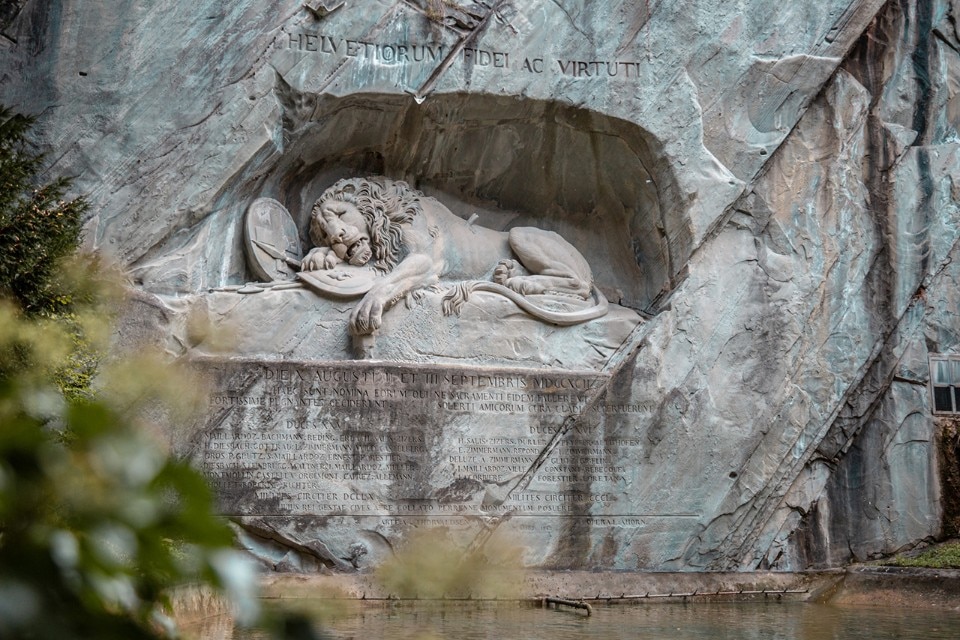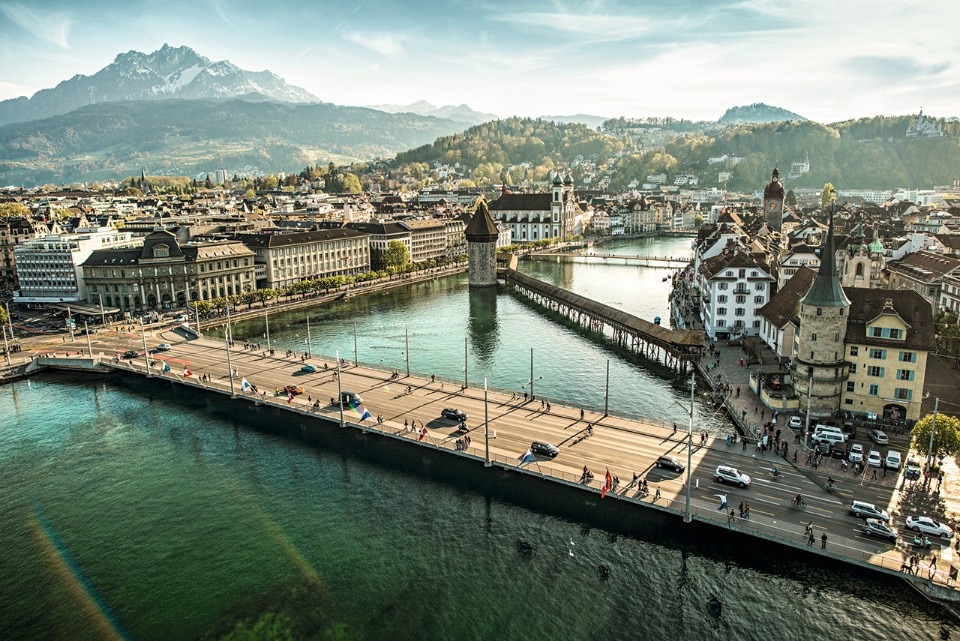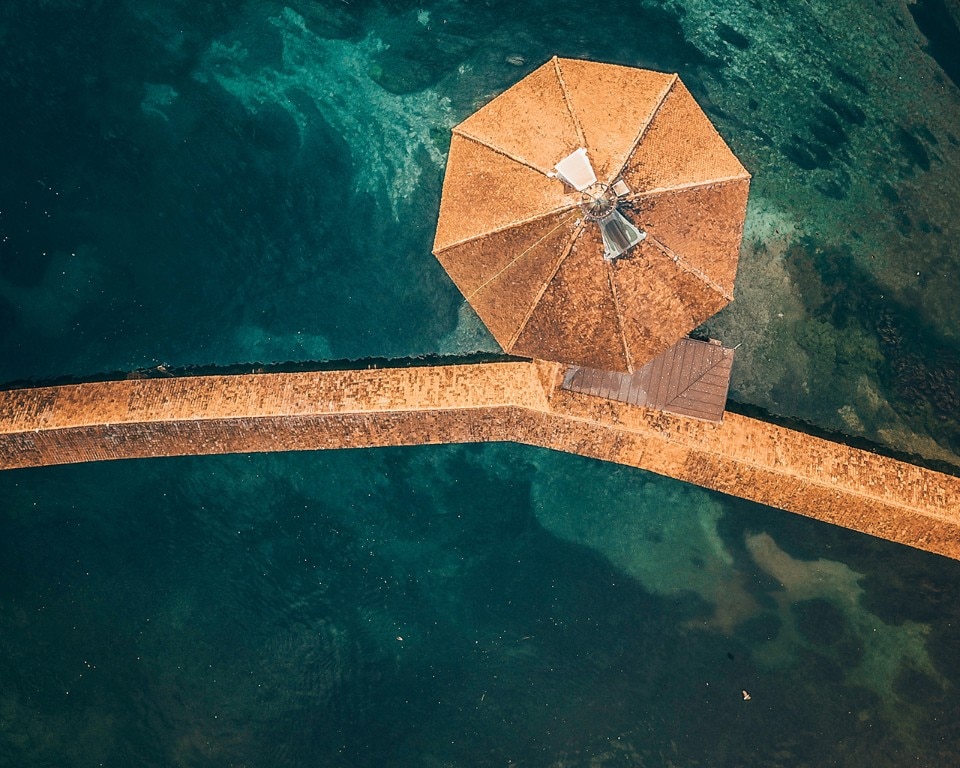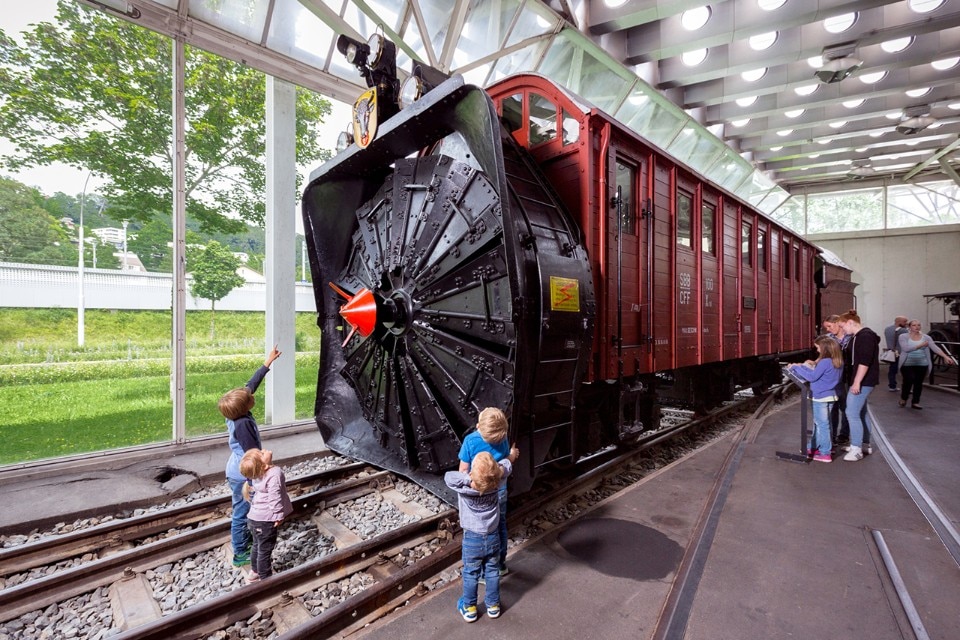A city of music, squares and churches, Lucerne welcomes visitors with its medieval Chapel Bridge and the futuristic KKL designed by Jean Nouvel.
Known to be the most picturesque place in Switzerland, with fairytale-like features, Lucerne is a city with various hues of light and water: sunrises and sunsets over the lake, with a marvellous Alpine panorama in the background. It is the ideal starting point for various nature excursions, but that's not all: it is a city with a rich and layered culture, capable of combining the environment with the sensitivity of human intervention, creating a unique dialogue between landscape, architecture and infrastructure.
One only has to think of the feat of engineer Eduard Locher, who in the 19th century had the idea of building an ambitious railway that climbs between alpine pastures and imposing rock formations and overcomes 1,635 metres of altitude difference in just 4,618 metres. This is the Mount Pilatus Railway, the steepest cog railway in the world with its maximum gradient of 48%. The history and evolution of this engineering masterpiece is recounted in the Swiss Museum of Transport, a huge theme park with a collection of locomotives, boats, aircraft, bicycles that bear witness to the adventure of mobility.
If we talk about infrastructures that have become monuments, we cannot omit to mention the Chapel Bridge, one of the oldest covered bridges in Europe. Built in the early 14th century, historically the bridge was part of the city's fortifications. Inside are painted panels depicting important scenes in the history of Lucerne and all of Switzerland, including biographies of the city's patron saints, Saints Leodegarius and Mauritius. Today, it is perhaps the most photographed landmark in the city.
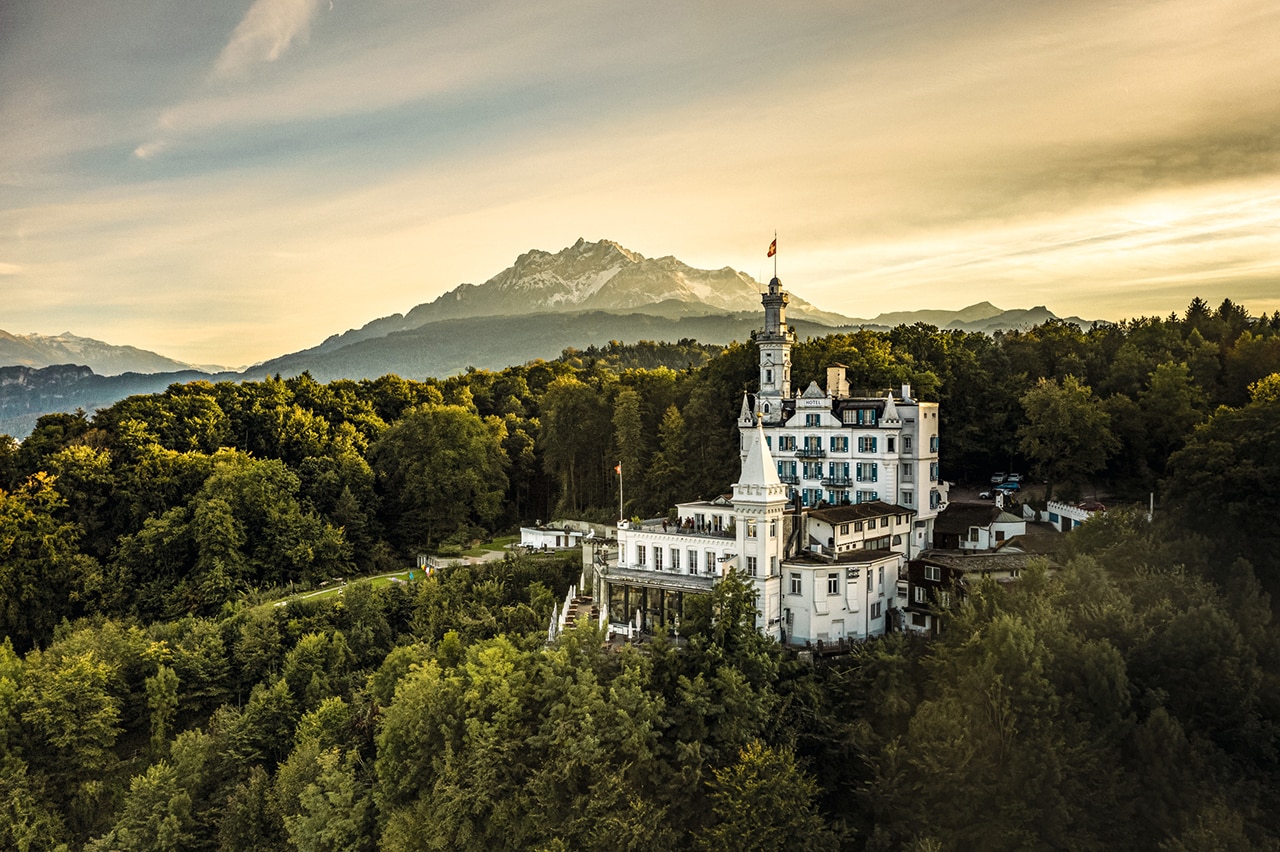
Besides the built infrastructure, there is an ephemeral one that has the same capacity to change the face of the city three times a year. It is the Lucerne Festival, one of the most important international classical music festivals. Founded in 1938 thanks to the intuition of conductor Arturo Toscanini (1867-1957), every year it attracts classical music stars from all over the world. The summer programme offers up to one hundred concerts. In 1988, the festival was enhanced by the Easter edition, dedicated to sacred music, while since 1998, the autumn festival Am Piano has focused exclusively on keyboard instruments.
With the construction of the KKL Culture and Congress Centre, designed by the renowned architect Jean Nouvel (who was guest editor of Domus last year), the unique relationship between Lucerne and classical music is enriched by a further remarkable element. The KKL unites a concert hall, a conference centre and an art museum under one roof - and every year crowns its splendid offering with the Lucerne Festival. In addition to the concert hall, known as one of the best in the world for its acoustics, the distinctive feature of the KKL is its roof, which juts out towards the lake and reflects its vibrations, creating a further connection between human ingenuity and the wonder of nature.
Lucerne, by train
Lucerne is a city to be visited by everyone, not just classical music lovers. The city is easily accessible from Italy by train, thanks to a joint promotion by Trenitalia and Swiss Federal Railways, whereby if you travel as a couple, you only pay for one of the two 1st or 2nd class tickets. The offer, valid from 9 March to 16 April, connects the main cities of Northern Italy, (Milan, Genoa, Bologna and Venice), with several Swiss centres: Basel, Bern, Lausanne, Lugano, Zurich, Geneva.
- More information on the Trenitalia and Swiss Federal Railways 2-for-1 Promo:
- www.myswitzerland.com


